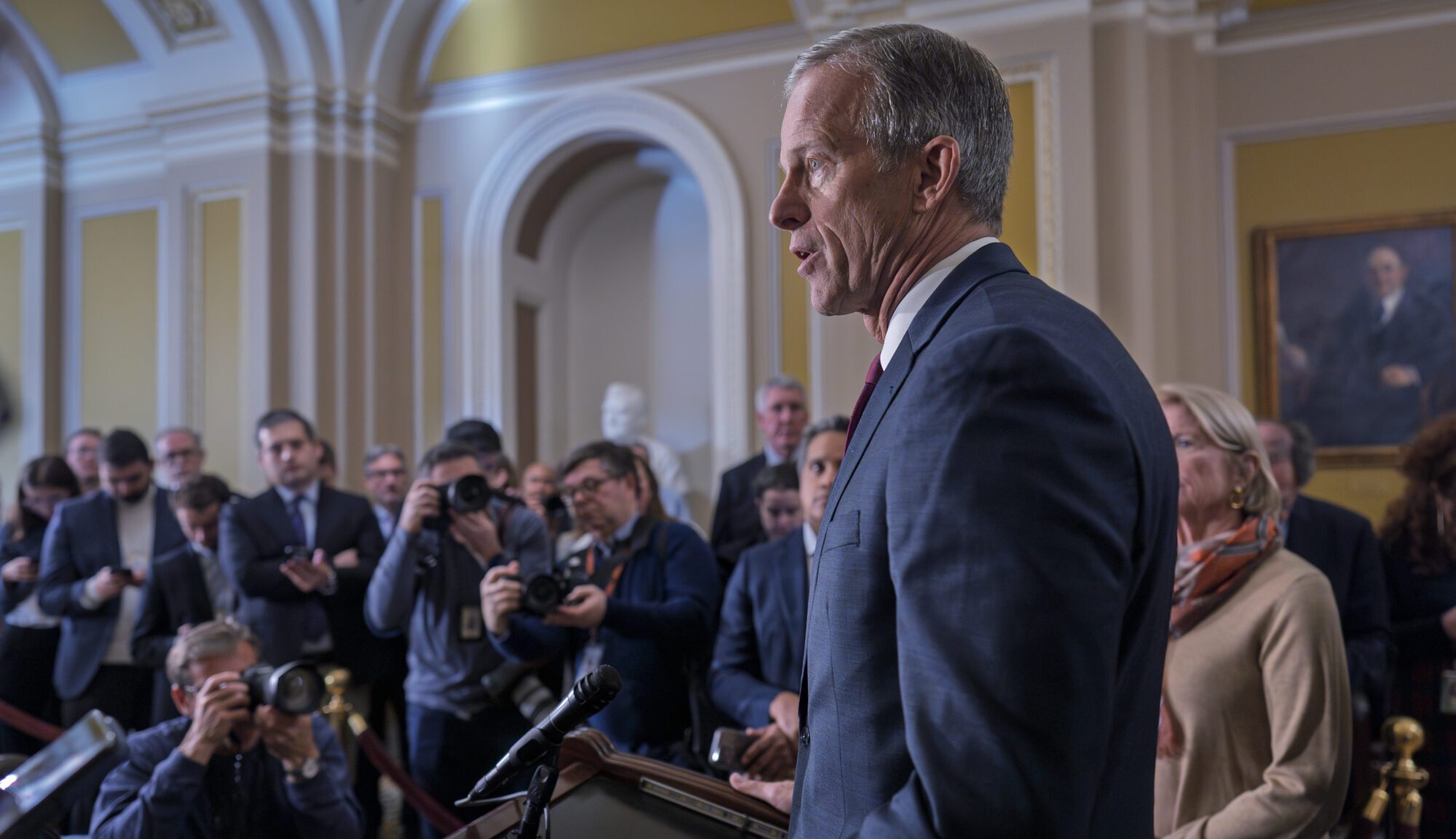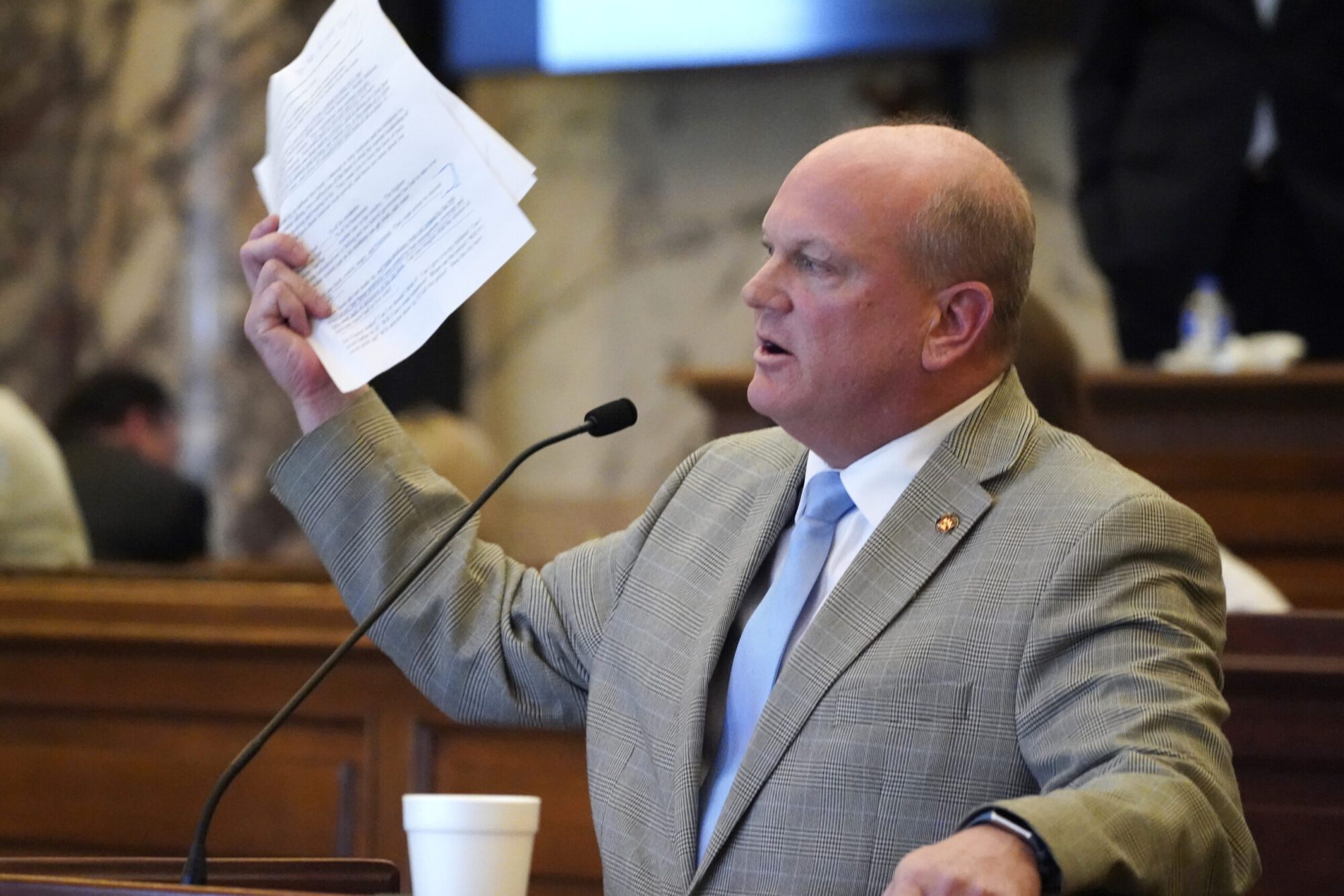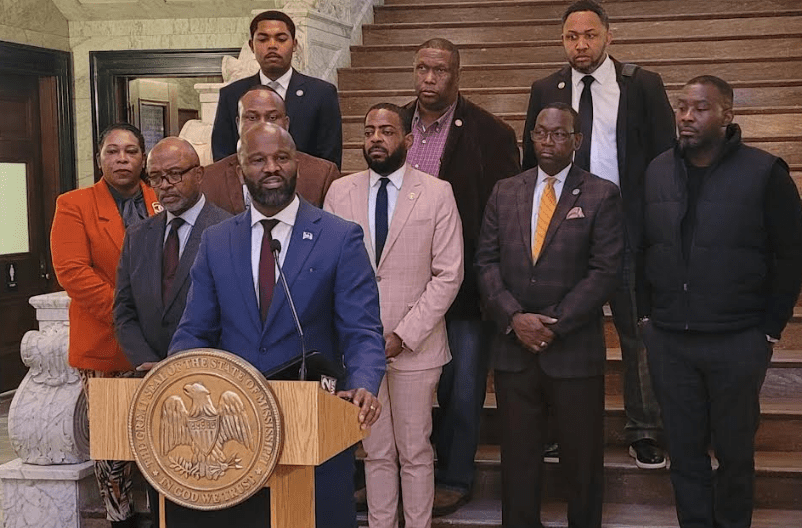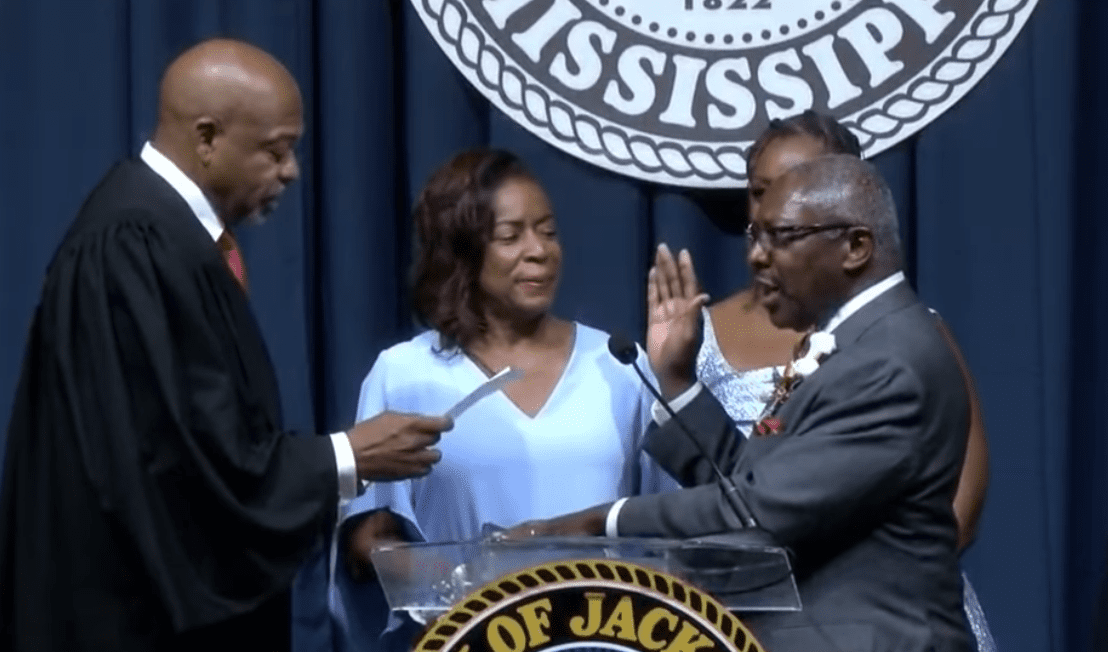
Studio portrait of Sid Salter. (photo by Beth Wynn / © Mississippi State University)
By: Sid Salter
Term limits is a tired political concept whose time has come and gone and come again, this time as part of California hedge fund billionaire Democrat Tom Steyer’s fringe presidential campaign.
Despite pouring tons of his own money into a barrage of national television commercials, Steyer’s poll numbers are still mired in low single digits among likely Democratic voters. Still, he has vowed to spend $100 million of his own money promoting his campaign.
People have been trying to implement term limits on members of Congress and in multiple state legislatures for decades. Republicans were the last to attempt it nationally during the “Contract with America” push during the early 1990s but the effort never got much traction.
The elections after the CWA push saw 23 states limit service in their state’s congressional delegation. But in 1995, the U.S. Supreme Court overturned congressional term limits in U.S. Term Limits, Inc. v. Thornton, ruling that state governments can’t limit the terms of members of Congress.
But here comes Steyer back to the well on the term limits issue – with his campaign telling Iowa voters earlier this year: “Federal term limits would put a cap on the number of years someone could hold elected office in the House of Representatives or the Senate. Currently, 15 states have term limits for state representatives. Also, as of the mid-20th century, we have presidential term limits, thanks to the 22nd Amendment, in which a president can only serve two elected four-year terms.
“Ask yourself why the president has term limits, but not Congress? From the beginning, Americans have been cautious of allowing unchecked power in our government, knowing that it circumvents the pillars of democracy. Term limits would be a check on power, a check on the oligarchy created by legislative dynasties, and would be a step in the right direction to getting our democracy to being by and for the people rather than by and for the dollars that fund re-election campaigns.”
State voters have consistently rejected term limits. In 1995 and again in 1999, Mississippi voters rejected two separate term limits initiatives each by a margin of about 55 percent to 45 percent. Why? Mississippi voters weren’t willing to give up their right to return competent, familiar public servants to office from their local supervisor and justice court judge to their congressman and U.S. senators. Some 15 states have enacted state legislative term limits, but Mississippi is not among them.
Steyer is also a proponent of eliminating the Electoral College, as are many national Democrats. But doing so would rob small, rural states like Mississippi of any significant influence on presidential politics and would further empower large states on the east coast and the west coast with large populations.
The problem with Steyer’s position, and those of other Democrats who likewise support reforms including term limits and elimination of the electoral college is that those positions empower large urban states like California to the detriment of smaller rural states like Mississippi. It plays directly into GOP strategies to retain their current base of power in the South and the Midwest.
As the 2020 Democratic primary has to date proven a circular firing squad in which 20 something candidates have been reduced to about 10, it’s clear that Trump is hoping for a Democratic nominee that is young, liberal and falls into line for term limits and against the electoral college – two issues that virtually guarantee that the South and the Midwest will vote to stick with President Trump.
Deep down, Democrats need the electoral college, too. Consider the analysis of Reagan administration general counsel Peter Wallison, who wrote: “In the election of 1992, Bill Clinton received a majority of electoral votes and was the duly elected president, even though he received only a plurality (43 percent) of the popular votes. A third-party candidate, Ross Perot, received almost 19 percent. In fact, Bill Clinton did not win a majority of the popular vote in either of his elections, yet there was never any doubt—because he won an Electoral College majority—that he had the legitimacy to speak for the American people.”











